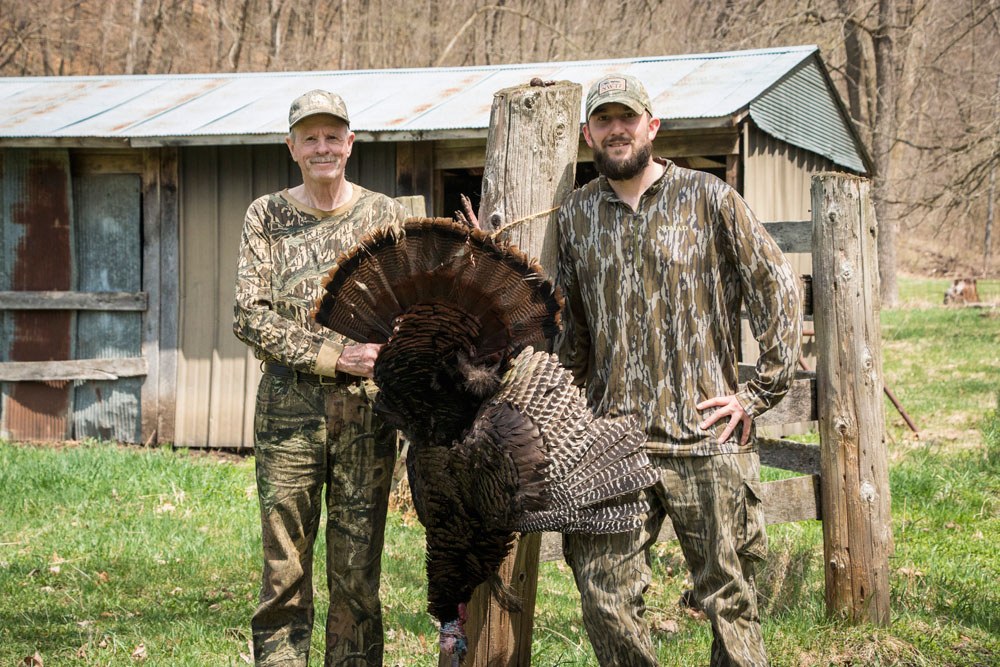Nate Zelinsky

Depending on where you live, you might call them pike or northerns, but regardless of what you call them, northern pike are a predator. This is a fish that has an attitude, no fear, and a big reputation of being one bad fish!
The Rocky Mountain region has somewhat shorter fish growing to 46 to 47 inches, but what they lose in length, they make up for in girth and weight. Many Midwest and Canadian fish can push past the 50-inch mark but the average Midwest/Canadian fish has too much competition for food and space. This competition with walleye, musky, bass, and even lake trout keep them somewhat athletic and just a little skinnier than some fish out West. For comparison, a Pike in Colorado has zero competition from similar predators and has ample supply of stocked rainbow trout, yellow perch, and suckers to feed upon. These easy-to-catch, high-protein foods help them pack on the weight.
When Pike Bite Best
Regardless of where you fish, late May and early June is a prime time to target big pike. The majority of pike will spawn around the full moon cycle in April whether under ice or open water. By mid-May the spawn is over and the big fish look to regain all the weight they lost during the spawn process. This is a peak time to catch some giant fish!
What You Need To Know About Pike Fishing
The biggest misconception when targeting big pike is assuming these fish have excess energy. Although the long, slim fish seem built for speed and certainly have the ability to chase down food as a premium hunter, the ideal situation for you is to cater to these fish and make it easy on them to take the bait.
First, the water is still somewhat cold (45 to 55 degrees in Colorado), so you want to put a large meal right in their face and politely ask them to eat it. I personally have landed a little over 1,500 pike over 40 inches in Colorado alone, and I have done so by catering to the fish. I want to be Uber Eats delivery service to the pike.
Pike Spawning Basics
Like I said earlier, the majority of pike will spawn around the full moon cycle in April whether under ice or open water. The spawn usually happens in muddy or sandy bays in less than six feet of water and sometimes can even be inches of water. In early season, start your season in these areas and then make connections to their next stopping point: flats in 12 to 20 feet of water.
That deeper water offers stable water temps and conditions as the sun warms the water during the day and cold fronts and cold nights drive the temperatures back down. The largest flat area with these depths near the spawning bay is where the big pike generally suspend waiting for schools of fish to swim by them.
Northern Pike Fishing Strategies

I start off by doing a combination of casting and trolling. I cover the water column until I start catching fish. Once I find fish, I fine tune the strike zone and try and put my bait six inches above their nose. Long casts help as do planer boards or other trolling accessories.
I always try and look at the natural food source the fish are eating, and I try and keep my presentation in that same size range. For example, if the pike are eating 8-inch stocker rainbows, I try and use a 7 to 9-inch lure. I start off with slower moving, less action baits and as the season progresses and warms up, I start using baits with more action and movement.
Northern Pike Fishing Lures
Anywhere in the country, I start my season with stick baits (floating or suspending) in that 7 to 8-inch size that look like a baby pike. Large males and females coming off spawn just hate each other and an innocent 8-inch baby pike is an easy meal that hardly ever gets turned down. I want these stick baits to barely move with a very subtle boring action.
As the water warms up (early June in Colorado) I start using higher action baits. Larger swimbaits are a go-to this time of year. The water is generally clearing up after spring run offs and the natural appearance of a swim bait gets the job done. A few of my favorite high-action swim baits are the Bass Pro ZR9 and a STORM 10-inch Kickin Minnow. These are a big profile bait for a big pike!
The moral of the story, if you want to strongly increase your success on more and bigger fish, move to deeper flats, identify a key depth, and put a big lure in the face of as many fish as possible. The art of catering to the fish is the biggest way to increase angling success!



























